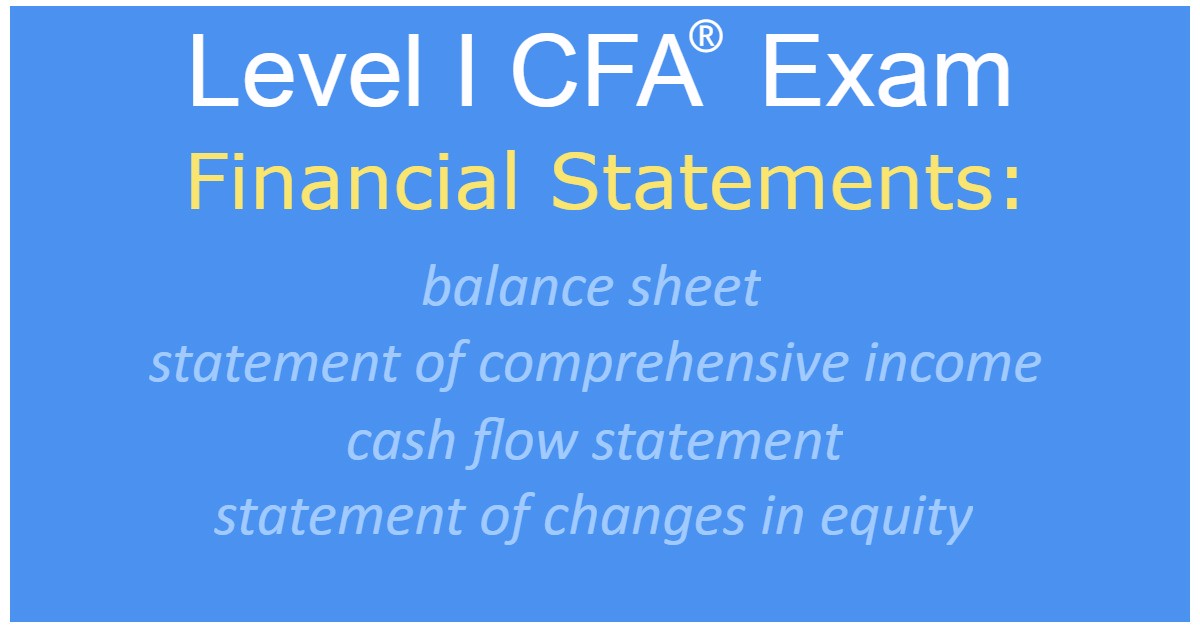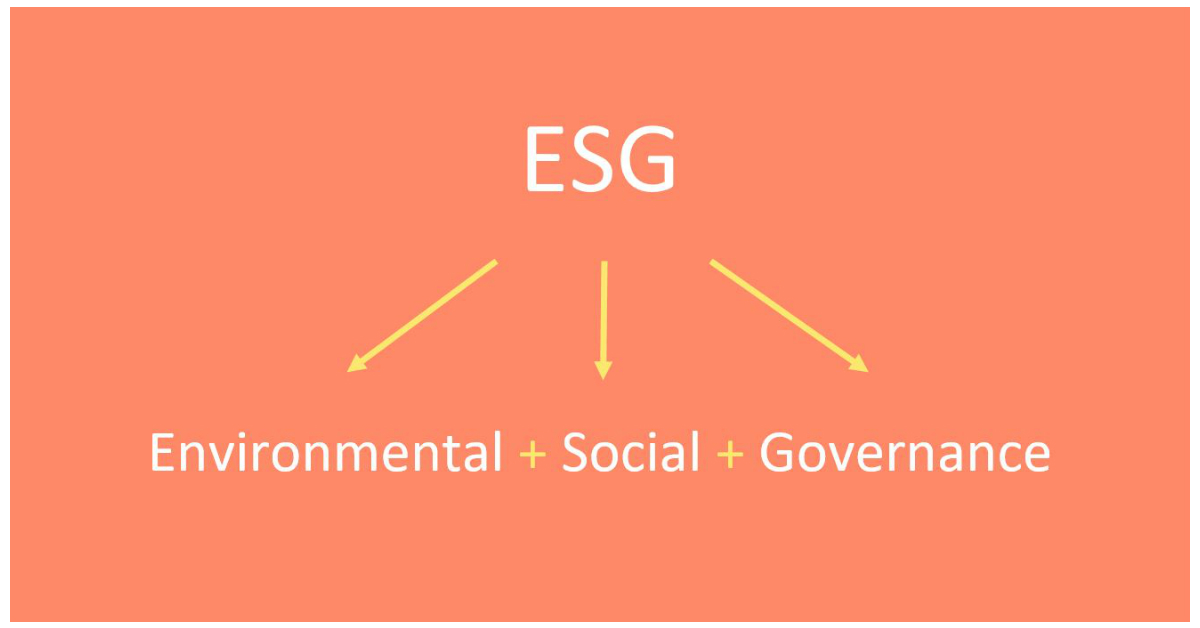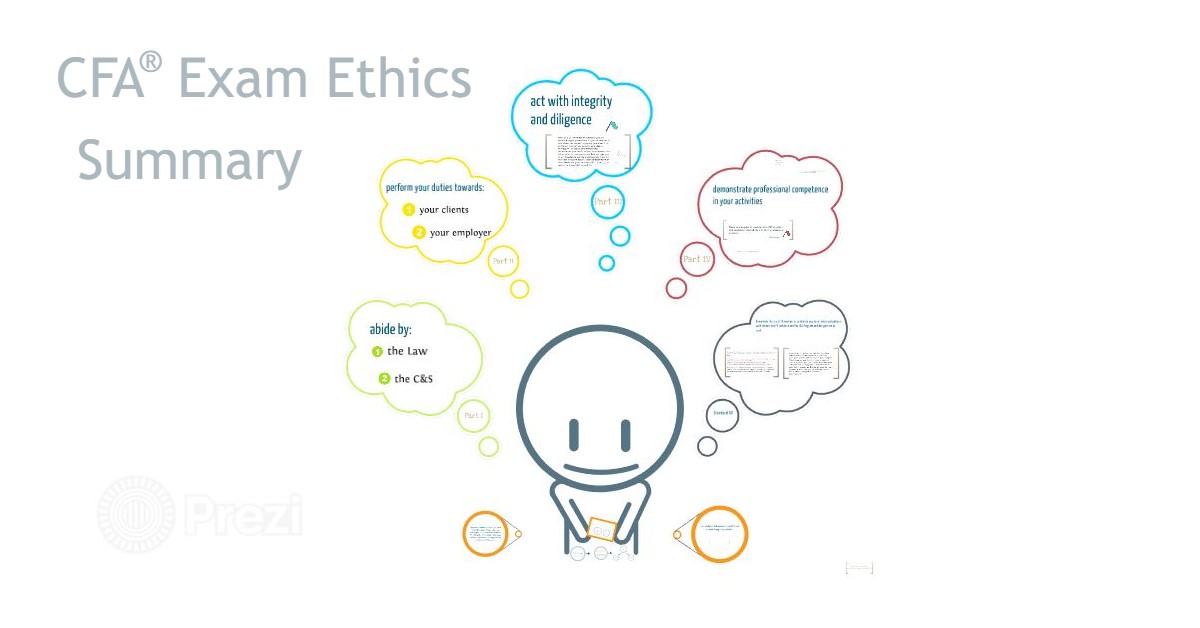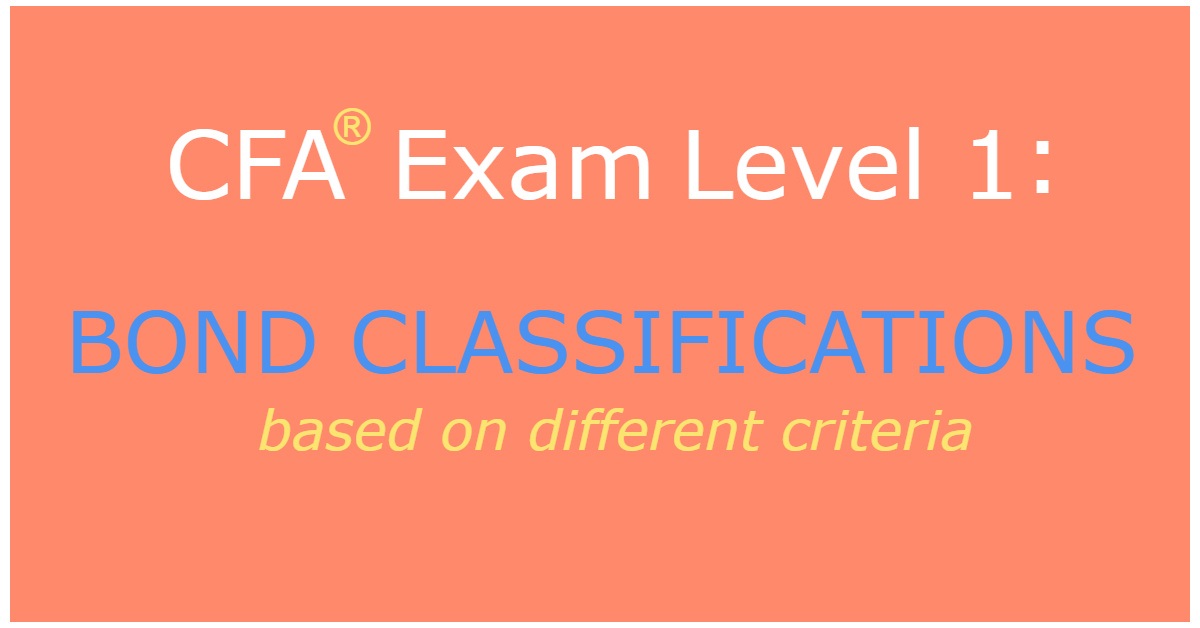Level 1 CFA® Exam Financial Statements Cheat Sheet

This blog post was created as a part of the CFA exam review series to help you in your level 1 exam revision, whether done regularly or shortly before your CFA exam.
Role of Financial Reporting
The role of financial reporting is to provide information about a company’s performance, financial situation, and changes in the company’s financial performance and situation. This information is of great use to different market participants and it helps them to make their economic decisions.
Role of Financial Statement Analysis
Financial statement analysis aims at evaluating the past, current, and potential performance of a company and its past, current, and potential financial position. To do this, financial statement analysts use financial reports (statements) produced by companies and other information, such as reports and analyses of competitors.
Financial Statements
Financial statements include:
- a statement of financial position (i.e. a balance sheet),
- a statement of comprehensive income (i.e. a single statement of comprehensive income or an income statement and a statement of comprehensive income),
- a statement of changes in equity, and
- a statement of cash flows.
The balance sheet gives information about the company’s financial position at a given point in time, for example at year-end.
The statement of comprehensive income provides information about the company’s profits over a period of time.
The statement of cash flows allows us to see whether the profits from the statement of comprehensive income are supported by cash inflows. Sometimes, the company may show profits despite having problems with collecting money from its counterparties.
The statement of changes in equity provides additional information regarding the changes in the company’s financial position.
You should also know that any notes and footnotes provided in a financial report constitute an essential part of financial statements and are the source of important and detailed information left out from the core statements for the sake of clarity.
Level 1 CFA Exam: Balance Sheet
The balance sheet shows the current financial situation of the company. In other words, it shows the company’s assets and sources of financing assets, namely liabilities and owner's equity.
Under the IFRS framework, an asset is defined as a resource controlled by the company as a result of past events and which is expected to bring future economic benefits to the company.
Examples of assets:
- property, plant and equipment (PP&E),
- investment properties,
- intangible assets,
- financial assets,
- inventories,
- accounts receivable,
- cash and cash equivalents, etc.
According to the IFRS framework, a liability is a present obligation of the company arising from past events, the settlement of which is expected to result in an outflow of resources embodying economic benefits.
Examples of liabilities:
- long-term debt,
- accounts payable,
- accrued income taxes, etc.
Basic Accounting Equation
Owners’ equity represents the excess of the company’s assets over the company’s liabilities.
The basic accounting equation states that:
assets = liabilities + owners’ equity
Milk, Co., whose total assets are equal to USD 12 million, is going to buy a new car for USD 80,000. The company is considering two sources of financing, cash or loan. If the company uses cash:
- its assets will remain unchanged.
- its equity will increase by USD 80,000.
- its liabilities will decrease by USD 80,000.
Answer: A
If the company buys a car for cash, which is an asset, it will record a decrease in assets of USD 80,000 (cash) on the one hand, and, on the other hand, an increase in fixed assets of USD 80,000 (which is the value of the car). So, total assets remain the same and are equal to USD 12 million. The sum of liabilities and owners’ equity also does not change because the purchase is financed with cash. Therefore, assets will continue to equal liabilities plus owners’ equity and will still amount to USD 12 million.
If, however, the company finances the purchase of the car with a loan, which is a liability, a new item in liabilities will be added in the amount of USD 80,000. The company will also record a new item in the assets, that is the car worth USD 80,000. So in this case, both assets and liabilities will increase by USD 80,000 and the basic accounting equation will still hold.
Level 1 CFA Exam: Statement of Comprehensive Income
The comprehensive income includes all items that affect owners’ equity apart from the items that result from transactions with shareholders.
Under the IFRS, a comprehensive income statement may be presented as:
- a single statement of comprehensive income, or
- in two statements, namely:
- • the income statement, and
- • the statement of comprehensive income that begins with profit or loss from the income statement.
The income statement contains information about the financial performance of the company over a period of time. It also indicates how much revenue and other income the company earned over a period of time and what expenses the company incurred in relation to these revenues. Finally, it provides us with information about net income.
Other comprehensive income includes items that affect owners’ equity but are not included in net income and don’t result from transactions with shareowners.
total comprehensive income
= net income from the income statement + other comprehensive income
Basic Earnings Per Share vs Diluted Earnings Per Share
At the bottom of the income statement, you will find two types of earnings per share:
- basic earnings per share, and
- diluted earnings per share.
Earnings per share is the ratio of net income attributable to shareholders and the number of ordinary shares outstanding during the period.
For basic earnings per share (basic EPS), in the nominator we use profit or loss attributable to ordinary shareholders, and in the denominator – the weighted average number of ordinary shares outstanding during the period.
For diluted earnings per share (diluted EPS), we use the diluted number of shares in the denominator. This means that we take into account the number of shares that would be outstanding if all hypothetical claims to ordinary shares resulting in the dilution, for example, stock options or warrants, were exercised or converted into shares.
Note that the net profit or loss attributable to ordinary shareholders, which is the nominator, should be also properly adjusted.
Shares outstanding at the beginning of 2019 were 10 million shares. On 1 June, the company issued another 1 million of shares. What is the weighted average number of shares outstanding in 2019?
- ...
- ...
- ...
Question 2 is available for CFA exam candidates using our study planner to control their prep:
Already using Soleadea? 1. Sign into your account 2. Refresh this page to see Question 2.
Level 1 CFA Exam: Cash Flow Statement
The cash flow statement tells us how much money flows into and out of the company as a result of different activities (operating, investing, financing activities). The role of the statement of cash flows is to determine the sources of money and exact amounts that come from every category of activities.
Cash flows from operating activities are the cash flows not included in investing or financing activities. Cash flows from operating activities are related to transactions that influence the value of net income, so they are related to everyday business operations.
Cash flows from investing activities are cash flows from operations related to the acquisition or disposal of long-term assets.
Cash flows from financing activities are cash flows from the activities related to the acquisition or repayment of capital used to finance the company’s operations.
Methods of Preparing the Cash Flow Statement From Operating Activities
We distinguish two methods of preparing the cash flow statement from operating activities:
- direct method, and
- indirect method.
The direct method of reporting cash flows from operating activities consists in listing all inflows and outflows of cash and summing them up.
The indirect method assumes starting with net income and adjusting it by all relevant flows that are either included if they were not present in net income or removed if they were noncash items. Usually, companies use the indirect method because it gives a better view of what is going on in the company.
Level 1 CFA Exam: Statement of Changes in Equity
The statement of changes in equity shows how equity was changing over time. It is a statement useful especially for owners of equity, for example, shareholders of a listed company.
Equity is divided into:
- paid-in capital (common shares, preferred shares, treasury shares),
- retained earnings,
- accumulated other comprehensive income,
- non-controlling (minority) interests.
Paid-in capital is money raised from the issuance of equity.
Retained earnings are the company's profits that were not distributed by the company. In other words, they have not been paid out to shareholders as dividends.
How Do We Present the Statement of Changes in Equity?
- The issuance of new shares increases equity.
- The redemption of shares decreases equity.
- If the company has a profit in a given period, equity will increase. On the other hand, if the company incurs a loss, equity will be reduced.
- Paying dividends reduces retained earnings, which results in lower equity.
Footnotes to Financial Statements
Footnotes (aka. financial notes) describe and explain the items of the 4 major financial statements. They are a required and integral part of a complete set of financial statements. They provide the information necessary to understand the information contained in the financial statements.
Some basic information we can find in footnotes includes:
- the dates of the fiscal year,
- units of measure in which numbers are given (usually thousands or millions),
- financial standards on which the financial statements are based (namely IFRS or U.S. GAAP or country-specific), etc.
There is also more complex information such as:
- methods and estimates used to prepare the financial statements,
- accounting policies,
- relevant country laws and regulations, and so on.
Level 1 CFA Exam Takeaways for Financial Statements
- The balance sheet shows the current financial situation of the company. In other words, it shows the company’s assets and sources of financing assets, namely liabilities and owner's equity.
- The basic accounting equation states that: assets = liabilities + owners’ equity.
- The comprehensive income includes all items that affect owners’ equity apart from the items that result from transactions with shareholders.
- The income statement contains information about the financial performance of the company over a period of time.
- Other comprehensive income includes items that affect owners’ equity but are not included in net income and don’t result from transactions with shareowners.
- Earnings per share (EPS) is the ratio of net income attributable to shareholders and the number of ordinary shares outstanding during the period.
- We distinguish between basic EPS and diluted EPS.
- The cash flow statement tells us how much money flows into and out of the company as a result of different activities (operating, investing, financing activities). The role of the statement of cash flows is to determine the sources of money and exact amounts that come from every category of activities.
- Cash flows from operating activities are related to transactions that influence the value of net income, so they are related to everyday business operations.
- Cash flows from investing activities are cash flows from operations related to the acquisition or disposal of long-term assets.
- Cash flows from financing activities are cash flows from the activities related to the acquisition or repayment of capital used to finance the company’s operations.
- We distinguish two methods of preparing the cash flow statement from operating activities, i.e. the direct method and indirect method. Usually, companies use the indirect method.
- The statement of changes in equity shows how equity was changing over time. It is a statement useful especially for owners of equity.
- Footnotes (aka. financial notes) are a required and integral part of a complete set of financial statements and provide the information necessary to understand the information contained in the financial statements.
LAST UPDATE: 2 Nov 2023
Read Also:




